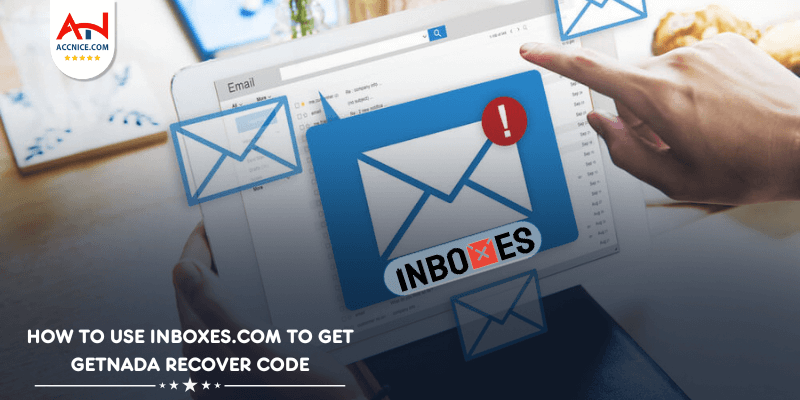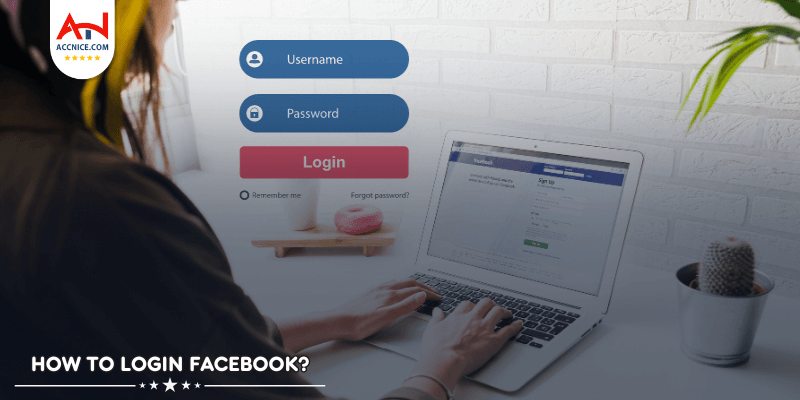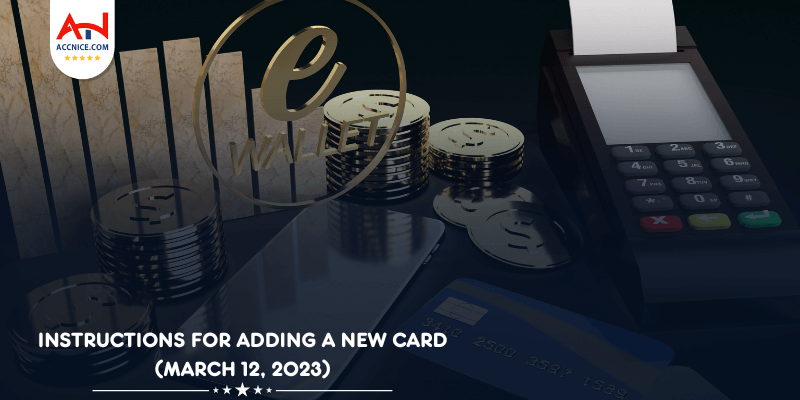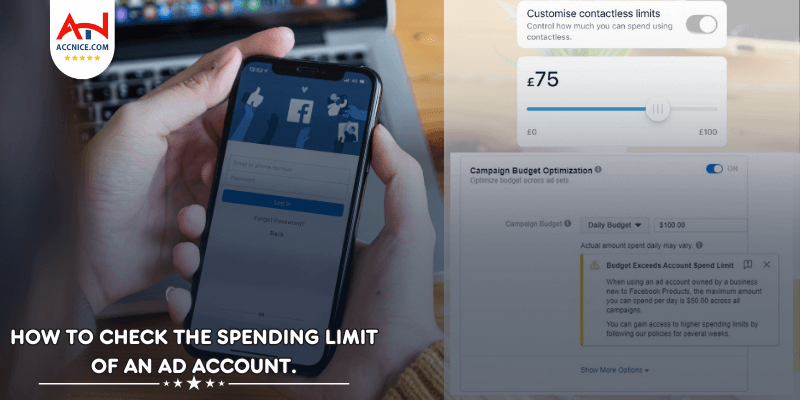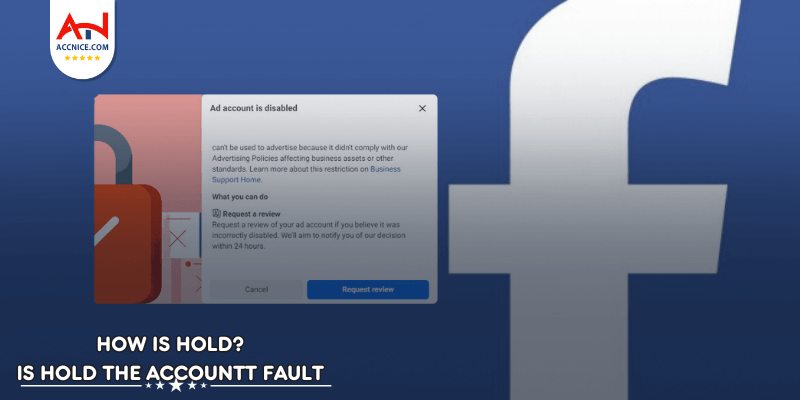KNOWLEDGE
Make Money Online
Writing Effective Ad Copy (Google Ads)
Author:
Ngày viết: 2024-07-26 17:23:56
Creating compelling ad copy is vital to the success of your Google Ads campaign. Effective ad copy not only attracts the attention of your target audience but also drives clicks and conversions. In this guide at ACCNICE, we'll explore the key elements of writing effective ad copy for Google Ads.
Understanding Your Audience

To write effective ad copy, you must first understand your audience. Knowing their needs, preferences, and pain points will help you craft messages that resonate with them.
Conduct Audience Research
-
Use Analytical Tools:
- Google Analytics: Utilize Google Analytics to gather data on your website visitors, such as demographics, geographic locations, interests, and behavior patterns. This information can help you understand who your audience is and what they are looking for.
- Google Trends: Explore Google Trends to see what topics and search terms are trending within your industry. This can provide insight into the interests and concerns of your potential customers.
- Social Media Analytics: Platforms like Facebook Insights, Twitter Analytics, and Instagram Insights offer valuable data on your followers' demographics and engagement patterns. Use this data to tailor your messaging to your audience's preferences.
- Customer Surveys and Feedback: Conduct surveys and solicit feedback from your current customers to gain a deeper understanding of their needs and preferences. Ask about their challenges, what they value most in a product or service, and how they perceive your brand.
-
Create Buyer Personas:
- Define Personas: Develop detailed buyer personas that represent different segments of your target audience. Include information such as age, gender, occupation, interests, buying behaviors, and pain points.
- Use Personas in Strategy: Utilize these personas to guide your ad copywriting, ensuring that your messages are tailored to the specific needs and preferences of each audience segment.
Identify Audience Pain Points
-
Determine Common Problems:
- Market Research: Conduct market research to identify common challenges and pain points that your target audience faces. This can include reading industry reports, analyzing competitors, and participating in forums and online communities where your audience is active.
- Customer Feedback: Pay attention to customer feedback, reviews, and testimonials to understand the specific issues your audience encounters with your products or services or those of your competitors.
-
Highlight Solutions in Ad Copy:
- Problem-Solution Approach: Use a problem-solution approach in your ad copy. Clearly articulate the problem your audience is facing and how your product or service provides the solution. For example, "Tired of slow internet speeds? Our high-speed internet service ensures you stay connected without interruptions."
- Benefits-Oriented Language: Focus on the benefits your audience will experience by using your product or service. Instead of just listing features, explain how these features address their pain points and improve their lives. For example, "Our ergonomic office chairs reduce back pain, allowing you to work comfortably for hours."
Understanding your audience is crucial for crafting effective ad copy. By conducting thorough audience research, creating detailed buyer personas, and identifying common pain points, you can develop messages that resonate with your target audience. Tailoring your ad copy to address the specific needs and challenges of your audience will increase engagement, build trust, and ultimately drive conversions. Use these strategies to connect with your audience on a deeper level and achieve better results from your advertising efforts.
Crafting Compelling Headlines
Your headline is the first thing users see, so it needs to be attention-grabbing and relevant to their search query. Crafting compelling headlines is essential to capture the interest of your audience and encourage them to click on your ad.
Use Power Words
-
Incorporate Emotion-Evoking Words:
- "Exclusive": Implies that the offer is unique and only available to a select group, creating a sense of privilege. Example: "Get Exclusive Access to Our Premium Content."
- "Limited Time": Creates urgency by indicating that the offer is only available for a short period, prompting immediate action. Example: "Limited Time Offer: 50% Off All Products."
- "Free": Attracts attention by offering something at no cost, which is appealing to most users. Example: "Sign Up Now and Get a Free Trial."
-
Ensure Clarity and Conciseness:
- Be Direct: Your headline should clearly convey the main benefit or offer in a straightforward manner. Avoid using complex or ambiguous language.
- Keep It Short: Aim for headlines that are brief and to the point, ideally within 50-60 characters. This ensures that your headline is fully visible in search results and ads.
Include Keywords
-
Improve Ad Relevance:
- Use Relevant Keywords: Incorporate keywords that are directly related to your product, service, or the user’s search query. This helps improve your ad's relevance and Quality Score, which can lead to better ad placement and lower costs.
- Align with Search Intent: Ensure that the keywords in your headline match the intent behind the user's search. For example, if someone is searching for "affordable web hosting," your headline could be "Affordable Web Hosting Plans."
-
Maintain Natural Readability:
- Avoid Keyword Stuffing: While it’s important to include keywords, overloading your headline with too many keywords can make it sound unnatural and spammy. This can negatively impact the user experience and your ad's performance.
- Balance Keywords and Value Proposition: Integrate keywords smoothly into your headline while still highlighting the value proposition of your offer. For example, instead of "Cheap Car Rentals Cheap Rates," use "Affordable Car Rentals - Great Rates."
Crafting compelling headlines is crucial for capturing the attention of your audience and encouraging them to click on your ad. By using power words that evoke emotions and prompt action, and including relevant keywords to improve ad relevance and Quality Score, you can create headlines that stand out and drive engagement. Remember to keep your headlines clear, concise, and naturally readable to maximize their effectiveness. Implement these strategies to enhance your ad copy and achieve better results from your advertising campaigns.
Writing Persuasive Descriptions
Your ad description is a crucial component of your ad copy, providing more details about your offer and compelling users to click. A well-crafted description should highlight the unique selling points of your product or service and include a clear call to action.
Highlight Unique Selling Points (USPs)
-
Emphasize Differentiators:
- What Sets You Apart: Clearly articulate what makes your product or service unique compared to competitors. This could include proprietary features, exceptional quality, superior customer service, or innovative solutions. Example: "Our organic skincare line is made with 100% natural ingredients and no harmful chemicals."
- Customer Testimonials and Reviews: Leverage positive feedback from satisfied customers to build credibility and trust. Example: "Rated 5 stars by over 1,000 happy customers."
-
Mention Special Offers and Guarantees:
- Promotions and Discounts: Highlight any ongoing promotions, discounts, or special deals that can entice users to click. Example: "Get 20% off your first purchase with code SAVE20."
- Guarantees and Warranties: Providing guarantees such as money-back guarantees or extended warranties can reduce the perceived risk for potential customers. Example: "30-day money-back guarantee on all orders."
Use a Clear Call to Action (CTA)
-
Incorporate Strong CTAs:
- Direct and Clear Instructions: Use CTAs that clearly tell users what action to take next, such as "Shop Now," "Learn More," or "Sign Up." This directs users towards the desired action. Example: "Sign Up Now for a Free Consultation."
- Action-Oriented Language: Employ verbs that prompt immediate action. Phrases like "Get Started," "Discover More," or "Join Now" are effective at motivating users. Example: "Discover More About Our Exclusive Offers Today."
-
Make Your CTA Specific:
- Tailored to Your Offer: Your CTA should be closely related to the product or service you are promoting. If you are offering a downloadable resource, use "Download Now." If you are promoting an event, use "Register Today." Example: "Download Our Free eBook Now."
- Highlight Benefits: Reinforce the benefit of taking the action in your CTA. For instance, "Get Your Free Trial" emphasizes the no-cost opportunity for users to try your product. Example: "Get Your Free Trial and Start Saving Today."
Writing persuasive descriptions involves highlighting the unique selling points of your product or service and including a clear, compelling call to action. By emphasizing what sets you apart from competitors and mentioning any special offers or guarantees, you can make your ad more appealing. Additionally, using strong, specific CTAs helps direct users towards taking the desired action. Implement these strategies to enhance your ad descriptions and drive higher engagement and conversions from your advertising campaigns.
Leveraging Ad Extensions
Ad extensions are a powerful feature in online advertising that enhance your ad's visibility and provide users with additional information. By utilizing ad extensions, you can significantly improve your ad's click-through rate (CTR) and overall performance.
Types of Ad Extensions
-
Sitelink Extensions:
- Purpose: Sitelink extensions allow you to add multiple links to specific pages on your website directly within your ad.
- Usage: Use sitelink extensions to direct users to relevant pages such as product categories, special offers, or contact pages.
- Example: If you're running an ad for a clothing store, you can include sitelinks for "Men's Clothing," "Women's Clothing," "Sale Items," and "New Arrivals."
-
Call Extensions:
- Purpose: Call extensions add your phone number to your ad, making it easy for users to contact you directly from the ad.
- Usage: Ideal for businesses that rely on phone calls for inquiries, appointments, or customer service.
- Example: A local restaurant can use call extensions to allow users to make reservations or inquire about menu options.
-
Location Extensions:
- Purpose: Location extensions show your business address, phone number, and a map marker alongside your ad.
- Usage: Useful for businesses with physical locations, helping users find and visit your store.
- Example: A retail store can use location extensions to provide its address and encourage nearby users to visit.
Benefits of Ad Extensions
-
Increase Your Ad's Real Estate:
- Enhanced Visibility: Ad extensions expand the size of your ad, making it more prominent on the search results page. This increased visibility can help your ad stand out among competitors.
- Example: An ad with sitelink extensions will take up more space, pushing competing ads further down the page.
-
Provide Users with More Reasons to Click:
- Additional Information: Ad extensions offer more opportunities to present valuable information to users, increasing the likelihood that they will find something relevant and click on your ad.
- Example: If a user sees a call extension, they might be more inclined to contact you directly, or if they see sitelinks, they might click through to a specific page that matches their intent.
Leveraging ad extensions is an effective strategy to enhance your online ads' performance. By utilizing sitelink, call, and location extensions, you can increase your ad's visibility and provide users with additional information, making your ad more appealing and clickable. Implementing these ad extensions can lead to higher click-through rates and ultimately drive more traffic and conversions for your business. Make sure to regularly review and optimize your ad extensions to maximize their impact and effectiveness in your advertising campaigns.
Testing and Optimizing Your Ad Copy
Continuous testing and optimization are essential for improving the performance of your ad copy. Through methodical testing and data analysis, you can refine your ads to better resonate with your audience and achieve higher click-through rates (CTR) and conversion rates.
A/B Testing
A/B testing, also known as split testing, involves comparing two versions of an ad to determine which performs better. Here's how to effectively conduct A/B testing for your ad copy:
-
Test Different Elements:
- Headlines: Experiment with different headlines to see which ones grab the most attention. Try varying your use of power words, questions, or offers.
- Descriptions: Craft multiple versions of your ad descriptions. Test different ways of highlighting your unique selling points (USPs) and calls to action (CTAs).
- CTAs: Use different CTAs to determine which prompts the most action from your audience. Compare direct CTAs like "Buy Now" with more exploratory ones like "Learn More."
-
Use Google’s Ad Rotation Settings:
- Even Distribution: Ensure that your ads are evenly rotated to give each version a fair chance of being seen. This provides accurate data on which version performs better.
- Automatic Optimization: After a sufficient testing period, Google can automatically favor the better-performing ad, helping you maximize your campaign’s effectiveness.
Analyze Performance Metrics
Analyzing key performance metrics is crucial to understanding the success of your ad copy and identifying areas for improvement:
-
Monitor Key Metrics:
- Click-Through Rate (CTR): A high CTR indicates that your ad is compelling and relevant to the audience. Monitor changes in CTR as you test different ad copy elements.
- Conversion Rate: Track how well your ads are converting clicks into actions (sales, sign-ups, etc.). This metric directly reflects the effectiveness of your ad in driving desired outcomes.
- Quality Score: Google’s Quality Score is a measure of the relevance and quality of your ads and keywords. A higher Quality Score can lead to lower costs and better ad placements.
-
Make Data-Driven Decisions:
- Identify Patterns: Look for patterns in the data to understand what resonates with your audience. For example, if ads with certain headlines consistently perform better, you might want to adopt that style more broadly.
- Refine Your Ad Copy: Use insights from your performance metrics to make informed adjustments to your ad copy. This could involve tweaking headlines, rephrasing descriptions, or changing CTAs.
- Iterate and Improve: Optimization is an ongoing process. Continuously test new variations and make incremental improvements based on the data.
Conclusion
Writing effective ad copy for Google Ads requires a deep understanding of your audience, compelling headlines, persuasive descriptions, and continuous optimization. By conducting thorough A/B testing and analyzing performance metrics, you can refine your ad copy to drive clicks, conversions, and ultimately, the success of your campaigns. Implement these best practices to create high-performing ads that resonate with your target audience and achieve your marketing goals.
Thank You For Following Accnice.com
Buy Facebook, TikTok, Twitter, Instagram, Google advertising accounts and Genuine License Keys at the best prices at Accnice.com







